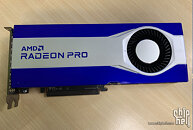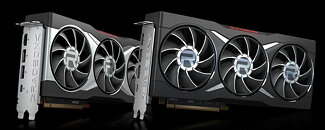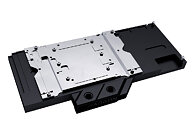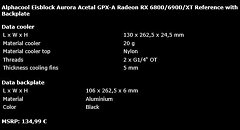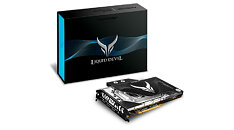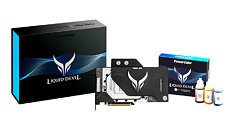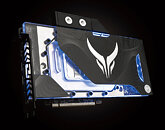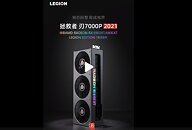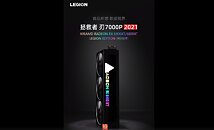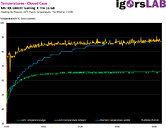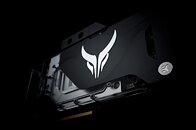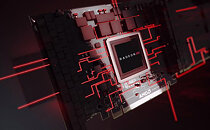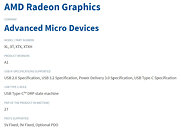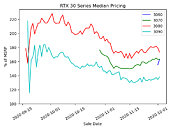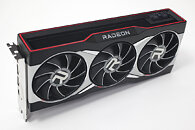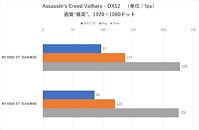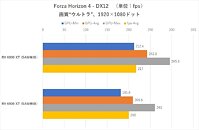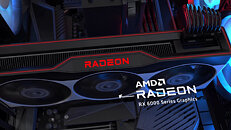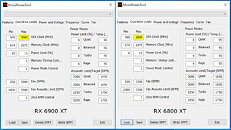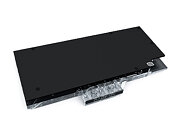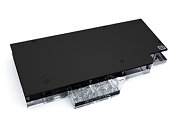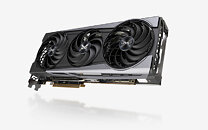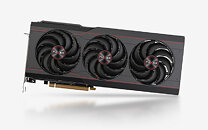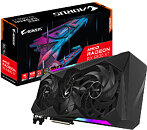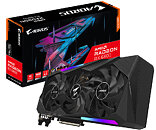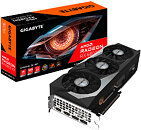
AMD Releases Radeon Software Adrenalin 2020 Edition 21.5.1 Drivers
AMD has today updated its Radeon Software Adrenalin 2020 Edition version 21.5.1 drivers, bringing many features on board as well as fixing a lot of issues that have appeared in the past. Starting with support for the Resident Evil Village PC game, AMD promises to deliver up to 13% better frame rate at 4K maximum settings, while using the Radeon RX 6800 XT graphics card. The comparison was conducted with a reference to the previous driver, 21.4.1, which didn't allow the card to reach as high FPS as it is now possible with the proper support for the game. Another game that is added to the support list is Metro Exodus PC Enhanced Edition. Some fixes have been implemented, as the incorrect performance metrics that may have incorrectly reported temperatures on Ryzen 5 1600 series processors. For a detailed list of bug fixes, please take a look at the list below.DOWNLOAD: AMD Radeon Software Adrenalin 2020 Edition 21.5.1


